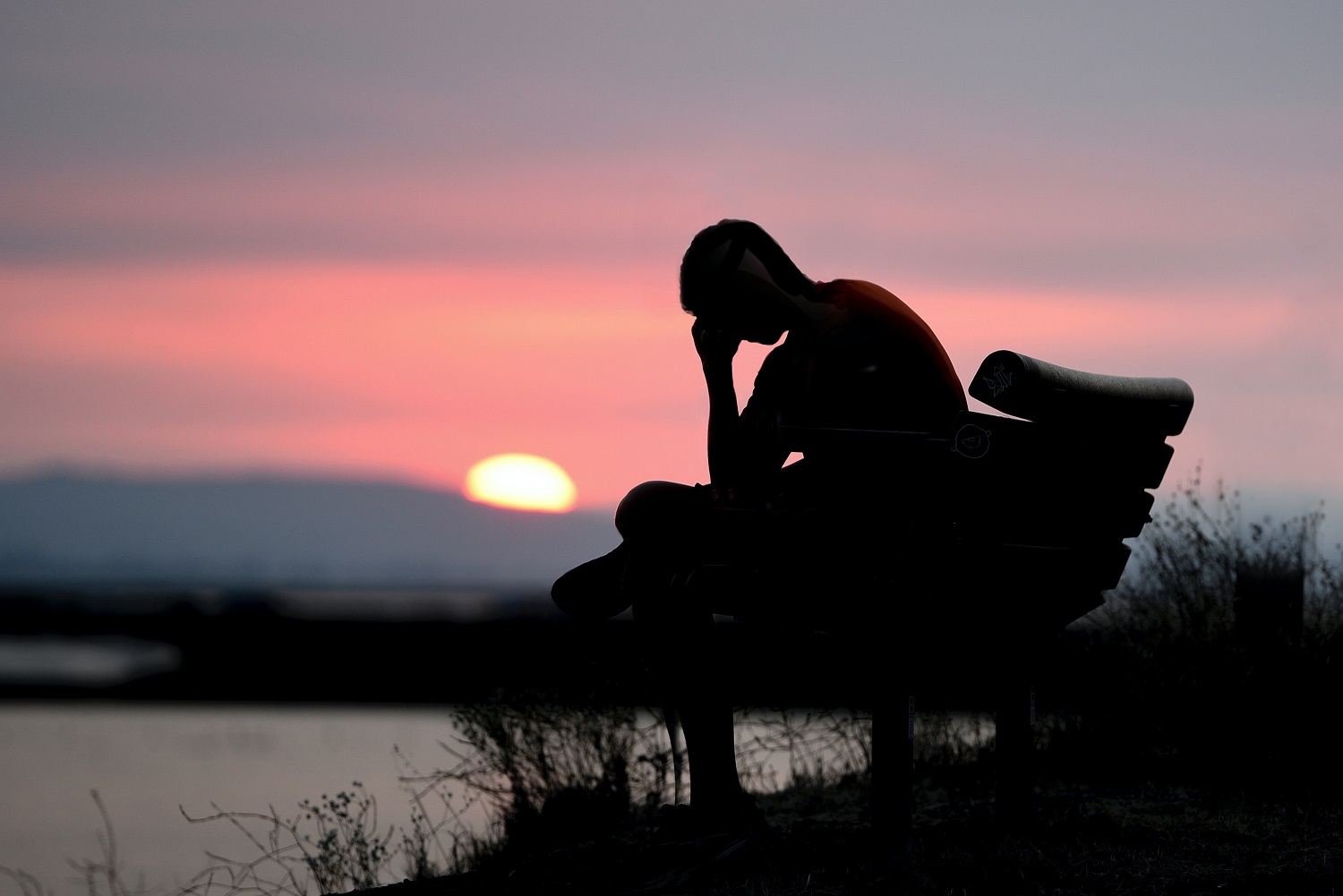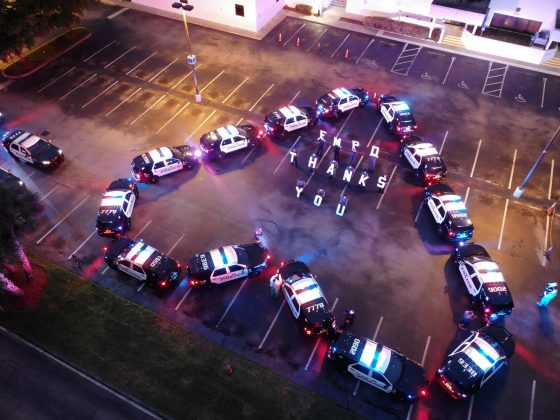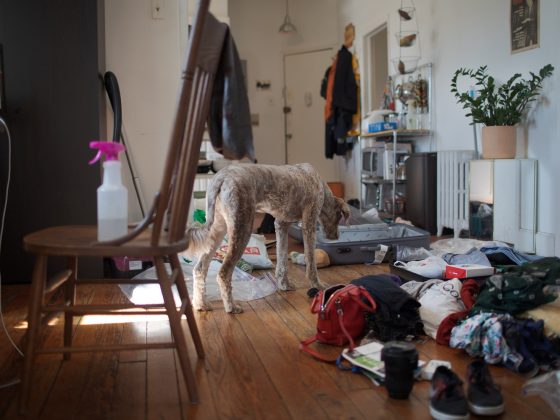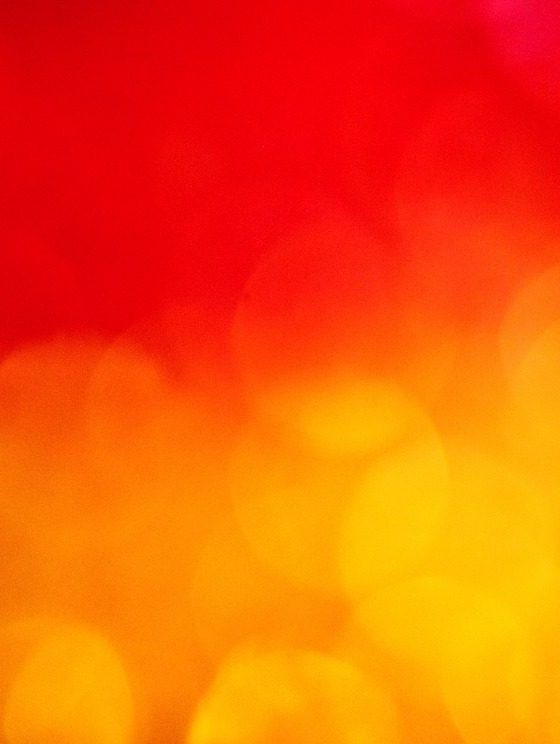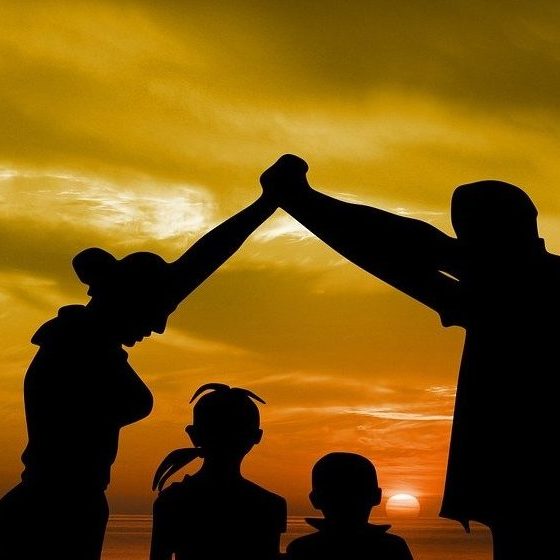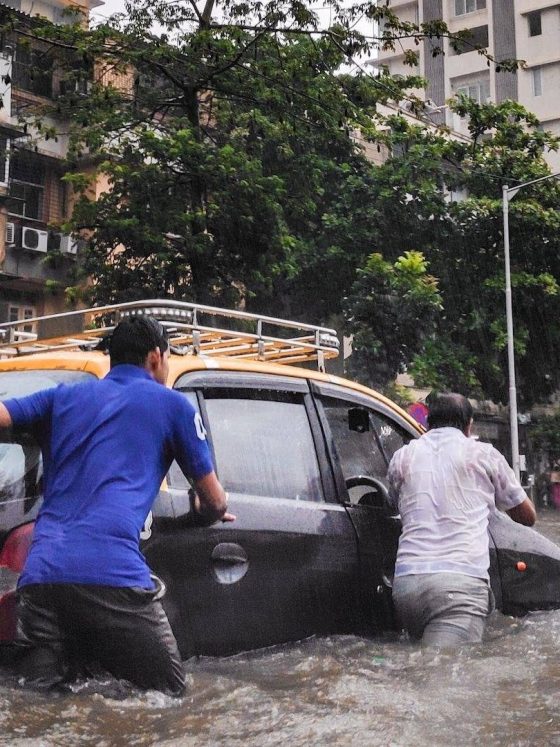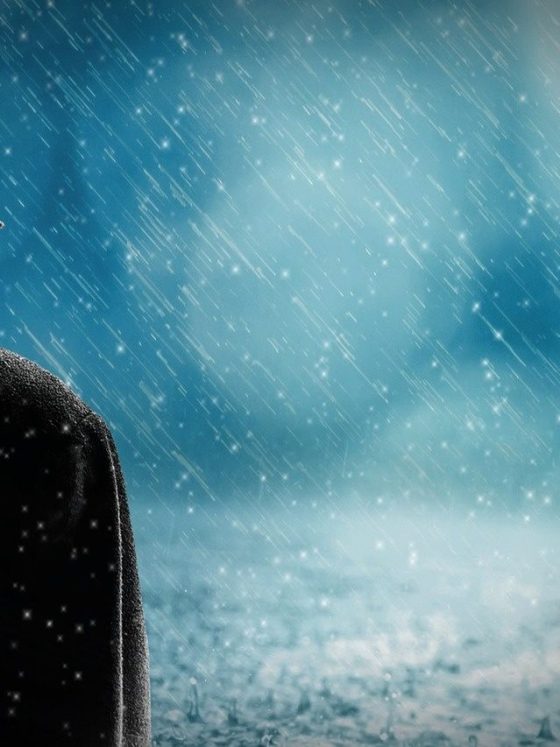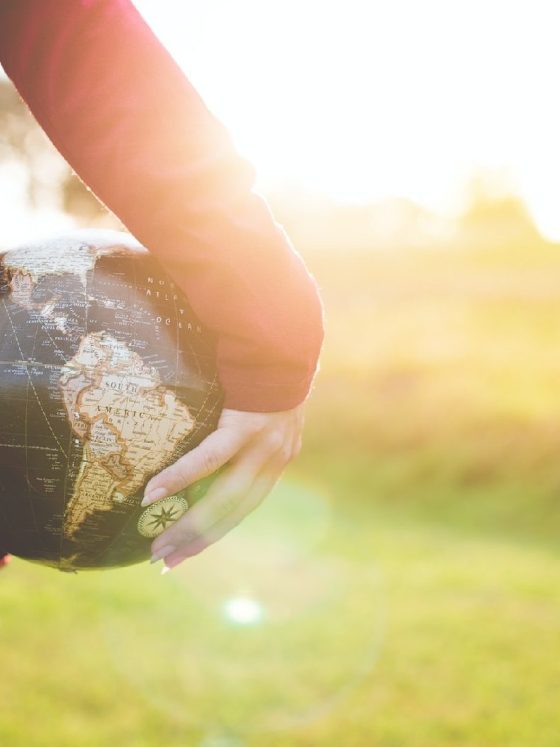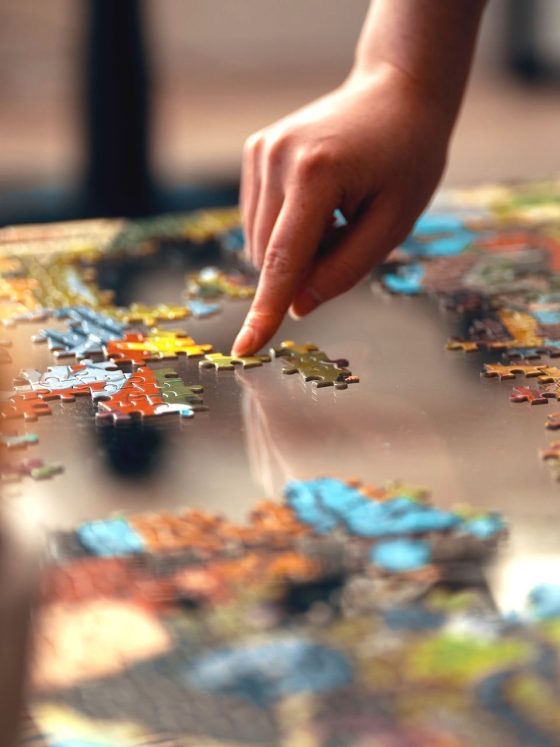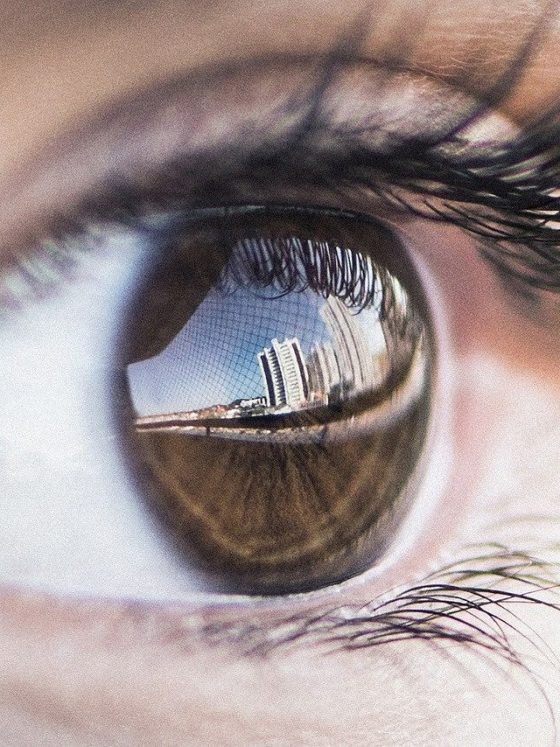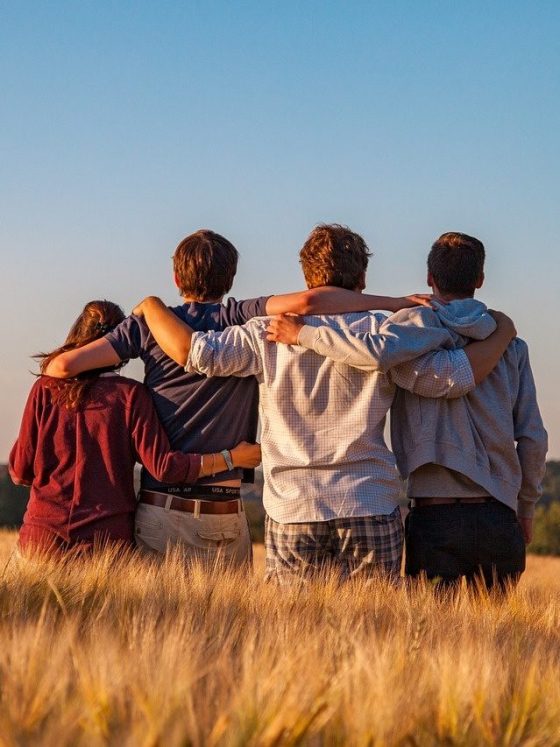Alongside rumors of a near-to-come vaccine, governments and municipalities face the reality of a lingering and fast-spreading coronavirus pandemic. Some are reinstating lockdowns, others are begging residents to abide by instructions, maintain a six-foot distance, and wear masks.
Still others are fining residents, and in places where central governments are too weak to enforce, such as El Salvador, gangs enforce closure with baseball bats or—as in Colombia—with guns.
But a lockdown is not a work plan; it’s an emergency measure that can, at best, inhibit contagion but not finish it off. As soon as restrictions are lifted, infections return with a vengeance.
Worse yet, in some cases, such as that of the Argentinian trawler Echizen Maru, the virus seems to appear literally out of nowhere: The ship’s crew was all tested and came out negative, went into two weeks of isolation prior to sailing, and set out to sea. Somehow, after weeks at sea without contact with anyone besides the crew, all of a sudden, virtually the entire crew got COVID.
“Bit by bit, we will grasp, truly, in our hearts, that humanity abides by the same laws that govern the entire universe. We have yet to realize that we are part of nature, created by it, and therefore subject to its laws. Just as homeostasis, namely equilibrium between different but interdependent elements, governs all of nature, balance between receiving and giving must govern human society.”
The coronavirus is a mysterious bug. At first we thought it affected only the lungs and the sick and elderly. Then we realized it affected much more than the lungs, that it causes blood clotting and affects other parts of the body. Then we realized it affects not only the elderly, but everyone, even embryos and infants, such as the mass contagion where 85 infants less than one year old have tested positive for coronavirus in one Texas county.
As if this is not enough, the UN “warns of global mental health crisis due to COVID-19 pandemic,” and patients and doctors are reporting “brain disorders found in mild, recovering COVID-19 patients.” It is no wonder that the UN secretary-general Antonio Guterres says that the world is “at the breaking point.”
Mr. Guterres not only observes the state of the world, he also points out the reason: lack of mutual responsibility. According to the Daily Mail, Guterres stated that the COVID-19 crisis “is exposing fallacies and falsehoods everywhere: The lie that free markets can deliver health care for all … the delusion that we live in a post-racist world, the myth that we are all in the same boat,” and that developed countries are strongly invested in their own survival and have “failed to deliver the support needed to help the developing world through these dangerous times.”
Reconstruction after the Breakdown
Before our very eyes, the invisible menace is crumbling our civilization. It has placed a mirror that exposed our disconnection and alienation from each other, as Guterres phrased it so well. It has shattered our illusions about ourselves. Our civilization of entitlement has come to its end, and out of the wreckage, a new humanity will rise.
Bit by bit, we will grasp, truly, in our hearts, that humanity abides by the same laws that govern the entire universe. We have yet to realize that we are part of nature, created by it, and therefore subject to its laws. Just as homeostasis, namely equilibrium between different but interdependent elements, governs all of nature, balance between receiving and giving must govern human society.
Humanity is an integral entity, an indivisible whole that seems divided only because of our self-centered perspective. When we look at the world, we seek to gain pleasure or avoid pain. By doing so, we analyze which part of what we are seeing will benefit us more or harm us less. Inadvertently, we divide the integral world into parts and miss the perception of the integral reality.
“When we look at the world, we seek to gain pleasure or avoid pain. By doing so, we analyze which part of what we are seeing will benefit us more or harm us less. Inadvertently, we divide the integral world into parts and miss the perception of the integral reality.”
Because of this fractured perception, for example, our hearts always go out to the hunted animal when we watch nature films. We don’t realize that predators keep the flock healthy by eating mostly the sick and old animals, prevent overpopulation and the resulting depletion of vegetation. Keeping vegetation lush decreases soil erosion, which prevents streams from eroding their banks, and prevents mudslides and flash-floods. When you look through the prism of integrality, there is no good or bad; there is homeostasis, wholeness. When you look through the prism of personal benefit, there is only good or bad, hurting or being hurt.
This is the sad world that COVID-19 has come to end. It has come to admit us into an integral world where everything is one, complete, inseparable, and indivisible. Clearly, the virus is leading us there against our will. But it is stronger than us, so the more we insist on separation, the more we will suffer. No leader will be able to fight it, no protest will be able to restore the economy, and no vaccine will stop the transformation of society.
We are in the same boat even though we act as if we’re not. If we keep this up, we will all sink. Therefore, every person who understands the situation must carry on the message. Governments, citizens, affluent, afflicted, capitalists, and socialists, everyone must transcend their restricted visions and look at the whole, the integral, which is all of humanity, and all of reality. Only if we act as one will we know what to do to heal our society and heal from the virus.

